Okra Mosaic Virus Info: Learn About Mosaic Virus Of Okra Plants
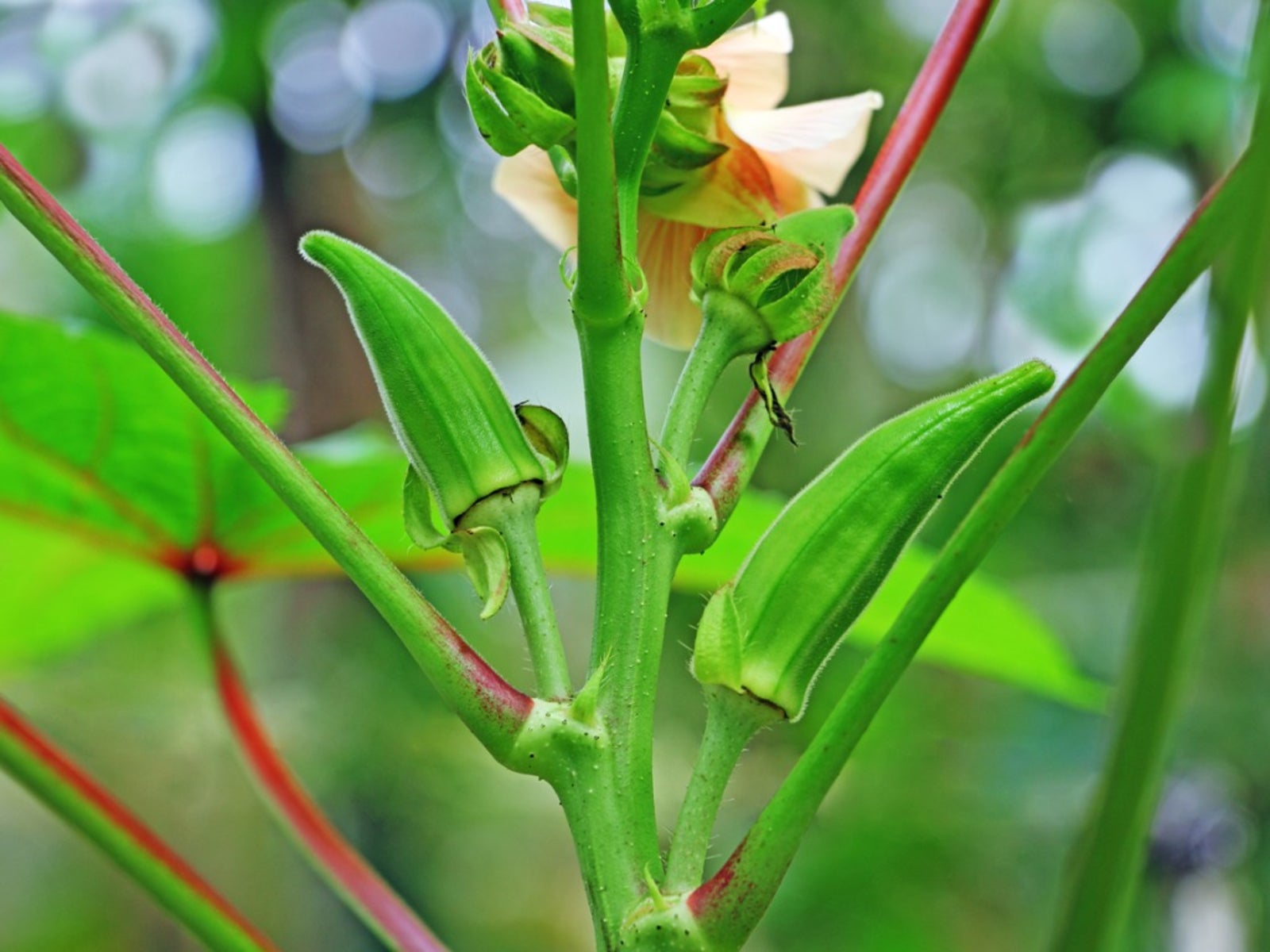

Okra mosaic virus was first seen in okra plants in Africa, but there are now reports of it popping up in U.S. plants. This virus is still not common, but it is devastating to crops. If you grow okra, you are not likely to see it, which is good news since control methods are limited.
What is Mosaic Virus of Okra?
There is more than one type of mosaic virus, a viral disease that causes the leaves to develop a mottled, mosaic-like appearance. Strains with no known vectors have infected plants in Africa, but it is yellow vein mosaic virus that has been seen in U.S. crops in recent years. This virus is known to be transmitted by whiteflies. Okra with mosaic virus of this type first develops a mottled appearance on the leaves that is diffuse. As the plant grows, the leaves start to get interveinal yellow coloring. The okra fruit will develop yellow lines as they grow and become dwarfed and malformed.
Can Mosaic Virus in Okra be Controlled?
The bad news about the mosaic virus appearing in okra in North America is that control is difficult to impossible. Insecticides can be used to control whitefly populations, but once the disease has set in, there are no control measures that will work effectively. Any plants that have been found to be contaminated with the virus must be burned. If you grow okra, watch out for early signs of the mottling on leaves. If you do see what looks like it could be mosaic virus, contact your nearest university extension office for advice. It is not common to see this disease in the U.S., so confirmation is important. If it does turn out to be mosaic virus, you will need to destroy your plants as soon as possible as the only way to control the disease.
Gardening tips, videos, info and more delivered right to your inbox!
Sign up for the Gardening Know How newsletter today and receive a free copy of our e-book "How to Grow Delicious Tomatoes".

Mary Ellen Ellis has been gardening for over 20 years. With degrees in Chemistry and Biology, Mary Ellen's specialties are flowers, native plants, and herbs.
-
 Best Soil Tor Tomatoes: How To Cultivate The Perfect Blend & Add Amendments For A Bountiful Harvest
Best Soil Tor Tomatoes: How To Cultivate The Perfect Blend & Add Amendments For A Bountiful HarvestGive your tomato plants the foundation they need. Learn how to mix the ideal soil and choose the right amendments for your most abundant harvest yet.
By Amy Grant
-
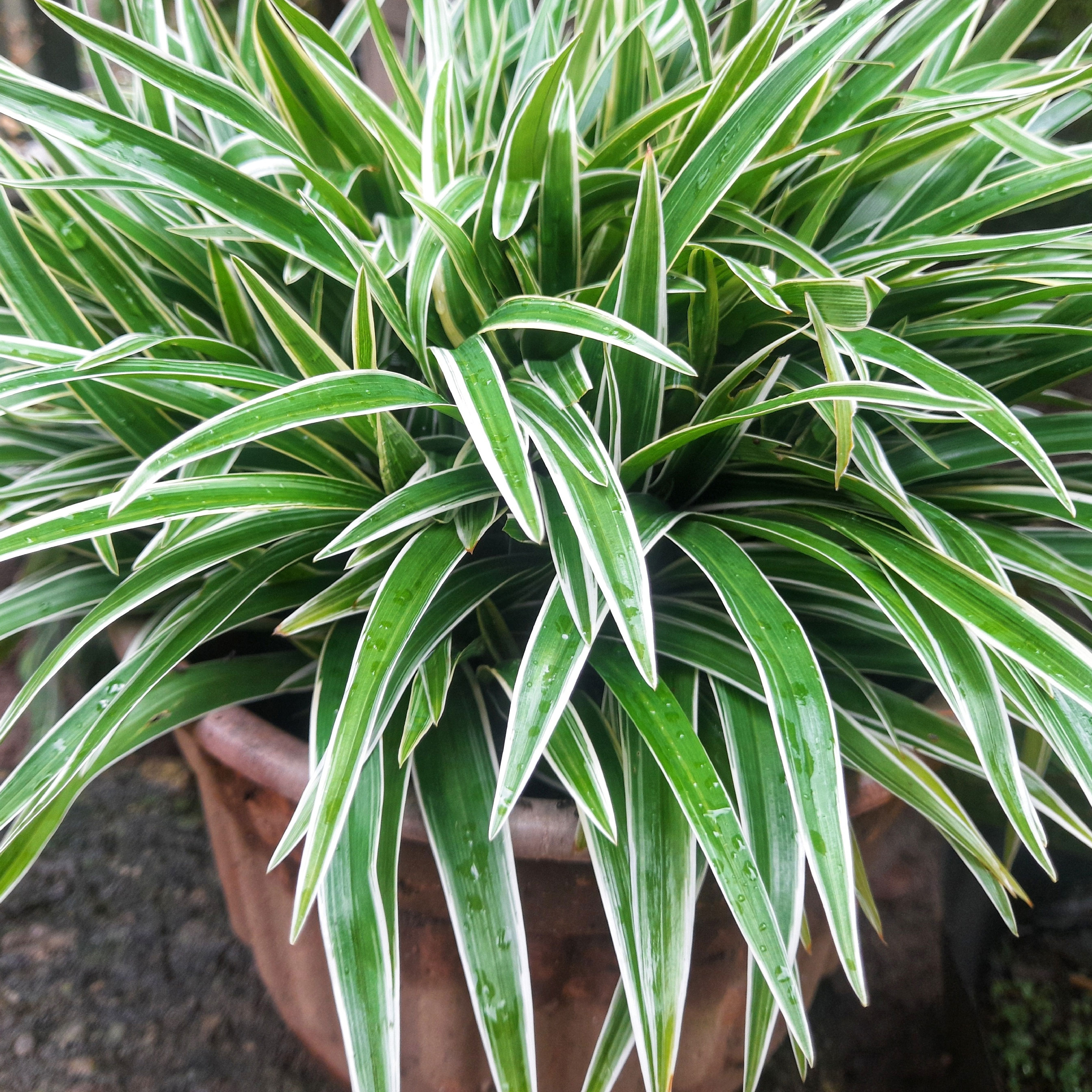 Want To Know How To Make A Spider Plant Bushier? 4 Secrets For Lush & Bushy Spiders
Want To Know How To Make A Spider Plant Bushier? 4 Secrets For Lush & Bushy SpidersAre you looking for ways to make your spider plant look bigger or more dramatic? Follow these quick and easy tips on how to make a spider plant bushier
By Teo Spengler
-
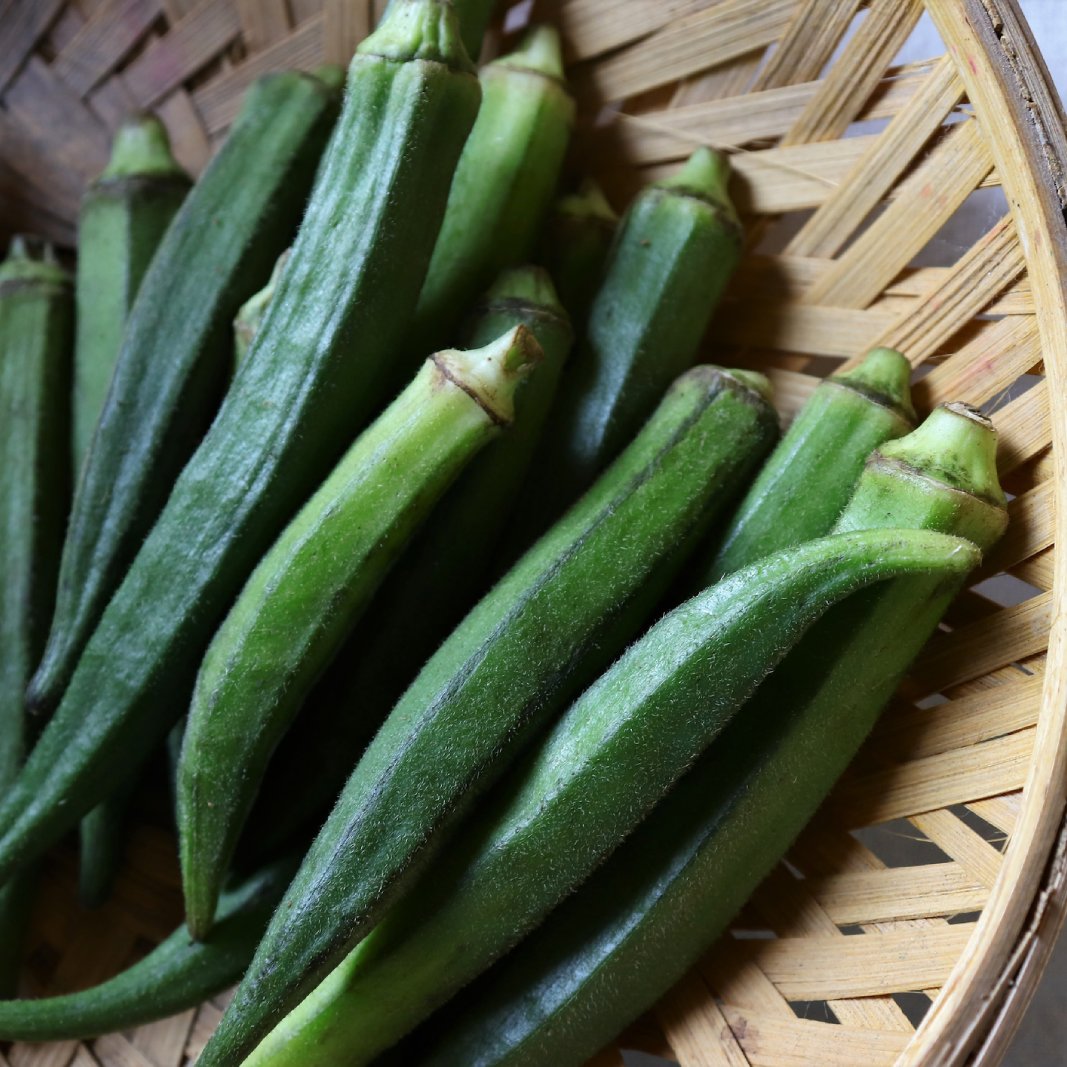 How To Store Okra After Picking
How To Store Okra After PickingLearn how to store fresh okra for up to a year by canning or freezing the harvest. For short-term storage it can go in the refrigerator for two or three days.
By Susan Albert
-
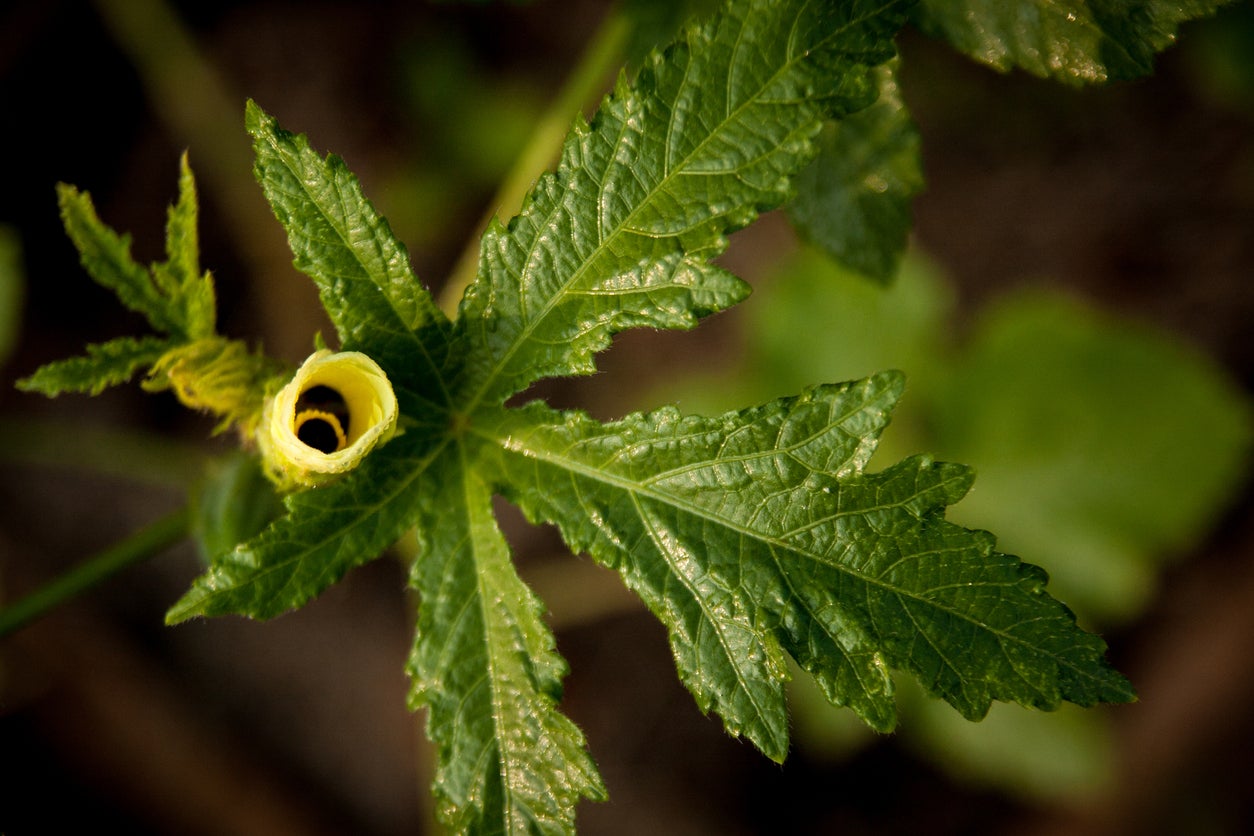 Edible Okra Leaves – Can You Eat The Leaves Of Okra
Edible Okra Leaves – Can You Eat The Leaves Of OkraMany northerners may not have tried it, but okra is quintessentially southern and linked to the cuisine of the region. Even so, many southerners typically just use the okra pods in their dishes, but what about eating the okra leaves? Can you eat the leaves of okra? Find out here.
By Amy Grant
-
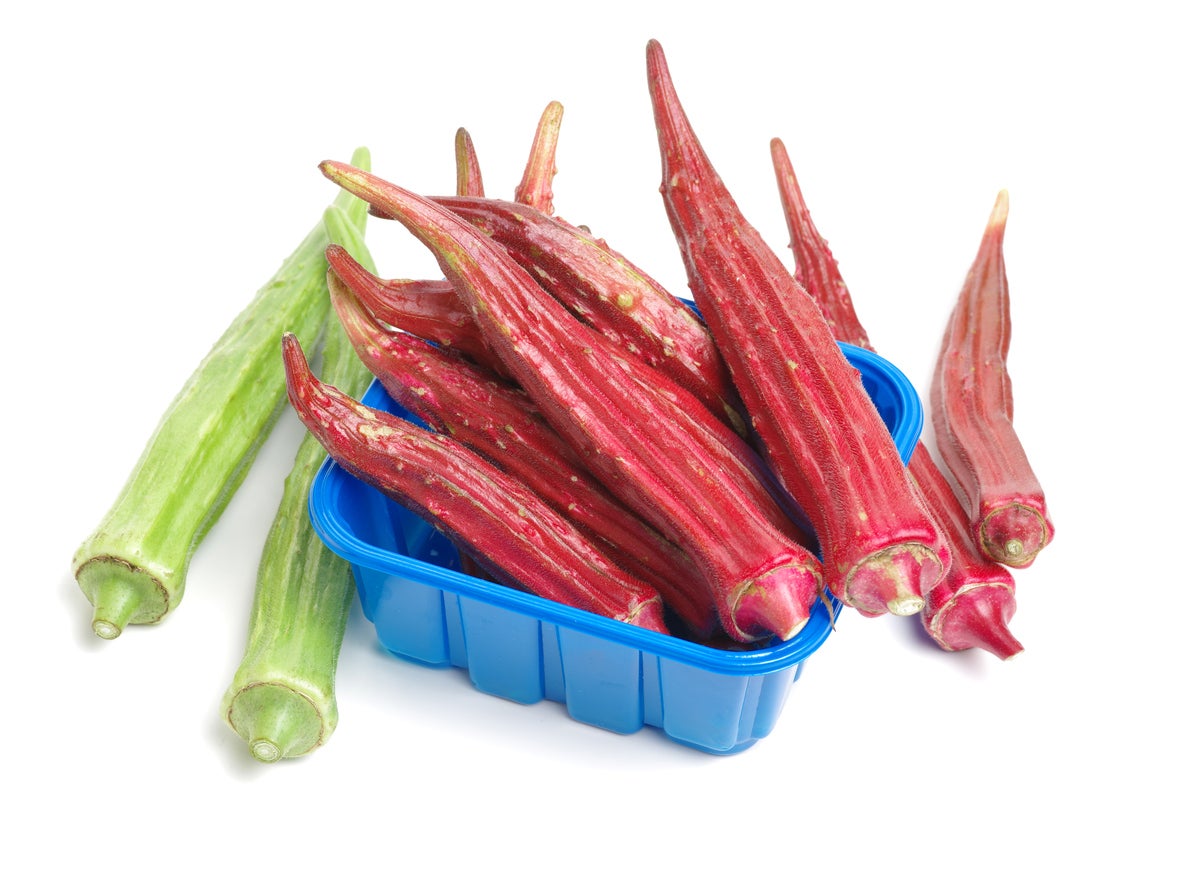 Okra Plant Varieties: Learn About Different Types Of Okra Plants
Okra Plant Varieties: Learn About Different Types Of Okra PlantsBy Teo Spengler
-
Okra Charcoal Rot Information: Learn About Treating Okra Charcoal Rot
Charcoal rot can be a devastating disease for a number of crops, causing rot in the roots and stems, inhibiting growth, and lowering yield. Charcoal rot of okra has the potential to wipe out that section of your garden and even infect other vegetables. Learn more here.
By Mary Ellen Ellis
-
Treating Blight On Okra Plants: Recognizing Southern Blight In Okra Crops
There are times when even the most ardent lover of okra is left with a bad taste in their mouth – and that is when there is blight on okra plants in the garden. Just what is okra southern blight and how do you treat okra with southern blight? Click here to find out.
By Shelley Pierce
-
Cotton Root Rot Of Okra: Managing Okra With Texas Root Rot
Cotton root rot of okra, is a nasty fungal disease that attacks many species of plants. The disease, which favors highly alkaline soils and hot summers, is limited to the Southwestern United States. Learn what you can do about okra with Texas root rot in this article.
By Mary H. Dyer
-
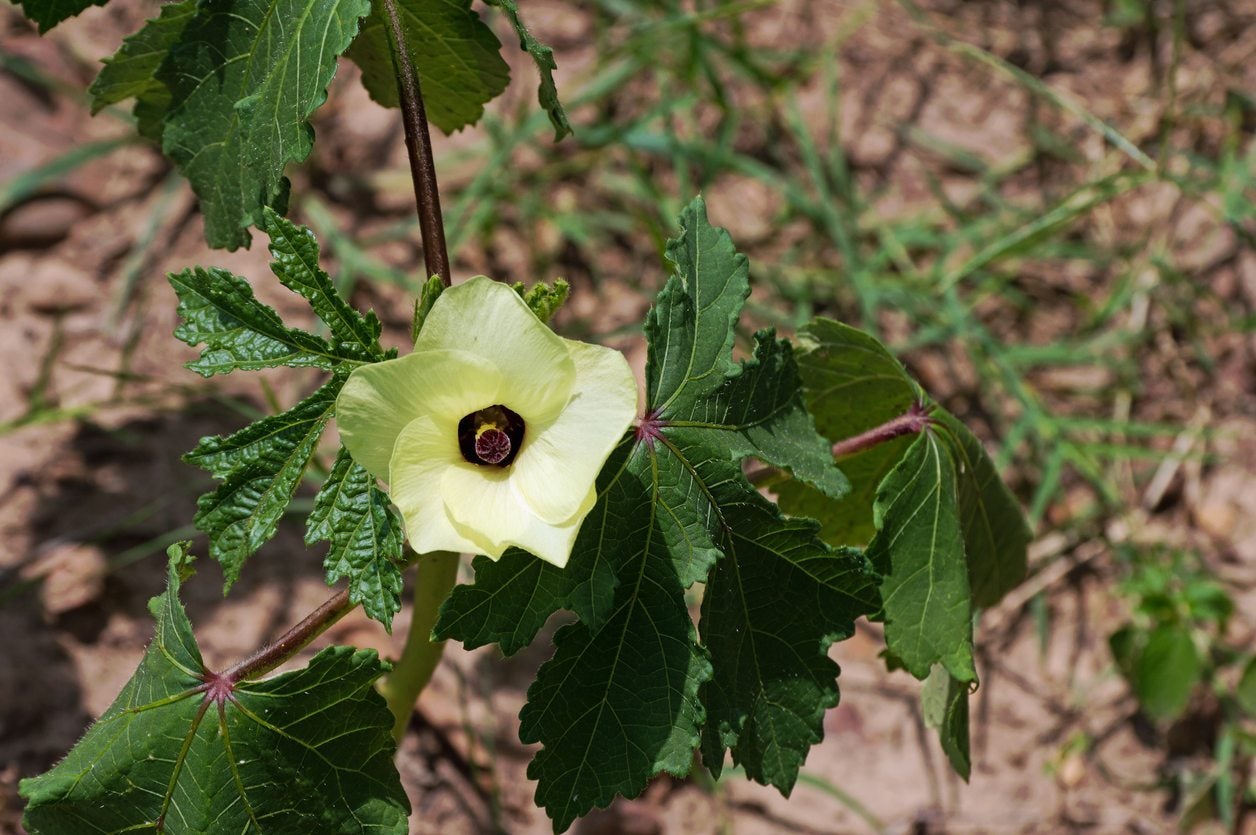 My Okra Flowers Are Falling Off: Reasons For Okra Blossom Drop
My Okra Flowers Are Falling Off: Reasons For Okra Blossom DropOkra is a beloved vegetable, partly because it can live and produce happily even in extreme heat. Because it's usually so reliable, it can be especially frustrating if your okra plant doesn't produce like it should. One such problem is okra blossom drop. Learn more here.
By Liz Baessler
-
 Nematode Okra Problems – Treating Okra With Root Knot Nematodes
Nematode Okra Problems – Treating Okra With Root Knot NematodesSouthern Americans are not the only ones who love their okra; okra root knot nematodes have a penchant for it as well. Okra with root knot nematodes can cause serious losses. How can root knot nematodes on okra be managed? This article can help with that.
By Amy Grant